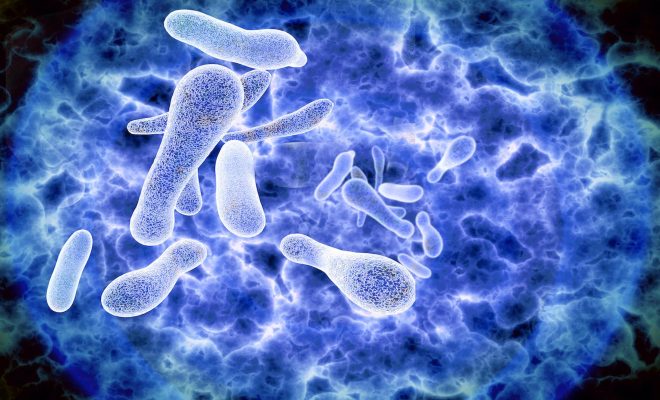Legionella Risk Assessment: Everything You Need To Know

Legionella is a serious disease that can cause respiratory problems, kidney disease, and pneumonia and can even be fatal. It is a harmful bacteria found in natural water sources, like ponds, lakes and rivers, but also in the water systems within buildings.
The best cure for Legionella is prevention; the best way of ensuring this seriously harmful disease doesn’t surface in your business or rental properties is a Legionella risk assessment.
What Is Legionella Disease?
Legionella is a harmful bacteria that is found in natural and manmade water sources. It needs three elements to thrive:
- Temperature – Legionella bacteria will lie dormant in water temperatures below 20°C but above this and it will grow. Increasing the temperature to 50°C or even 60°C will kill the bacteria completely.
- Stagnation – water that sits for long periods of time, like ponds and lakes, or in pipework and outlets that aren’t used very often allows Legionella to grow and take hold. In fact, the conditions of particulate settlement, rust, sludge and Biofilms (micro-organisms) are the perfect environment.
- Nutrients – like all living things, Legionella needs food to survive and thrive. The bacteria get this from things like rust, scale, sludge and Biofilms.
Legionella disease is when the Legionella bacteria is breathed in, and even consumed in some circumstances, from contaminated water. For example, water with bacteria is delivered through systems like showers and baths or consumed by drinking water that has travelled through pipes that are rusty and dirty.
What’s Involved In A Legionella Risk Assessment?
Conducting a Legionella risk assessment helps to identify any areas within the building’s water systems and its sources that are at risk of or contain harmful bacteria. It also serves as a basis for creating the necessary procedures and protocols to establish risk controls to prevent Legionella.
A Swiftclean Legionella risk assessment includes:
- An introduction and background information on the Legionella bacteria.
- The site details.
- A Legionella Management Documentation audit.
- A condition survey that reports on the domestic water plant.
- Temperature profiling.
- Photographic evidence.
- Asset register.
- Identification of risks including, but not limited to, outlets that aren’t used very often and dead leg pipework.
- Recommendations for controlling and managing legionella in the future.
- A basic schematic of the plant and its water distribution.
It’s important to ensure all the assessment reports are reviewed regularly and kept up-to-date to prevent the threat of Legionella from entering the water systems.
Is A Legionella Risk Assessment A Legal Requirement?
The Health & Safety at Work Act 1974 sets out legal requirements that business owners and employers, landlords and property managers must comply with to consider, assess and mitigate the risk of Legionella contamination within office buildings, and commercial and residential rental properties.
It’s important that businesses and landlords have their water systems tested regularly to not only ensure their water systems are Legionella-free, but also comply with regulations under the Health & Safety Act 1974 to control the spread of Legionella. Swiftclean is the expert in carrying out in-depth Legionella risk assessments and implementing best practices and protocols to monitor your water systems.




